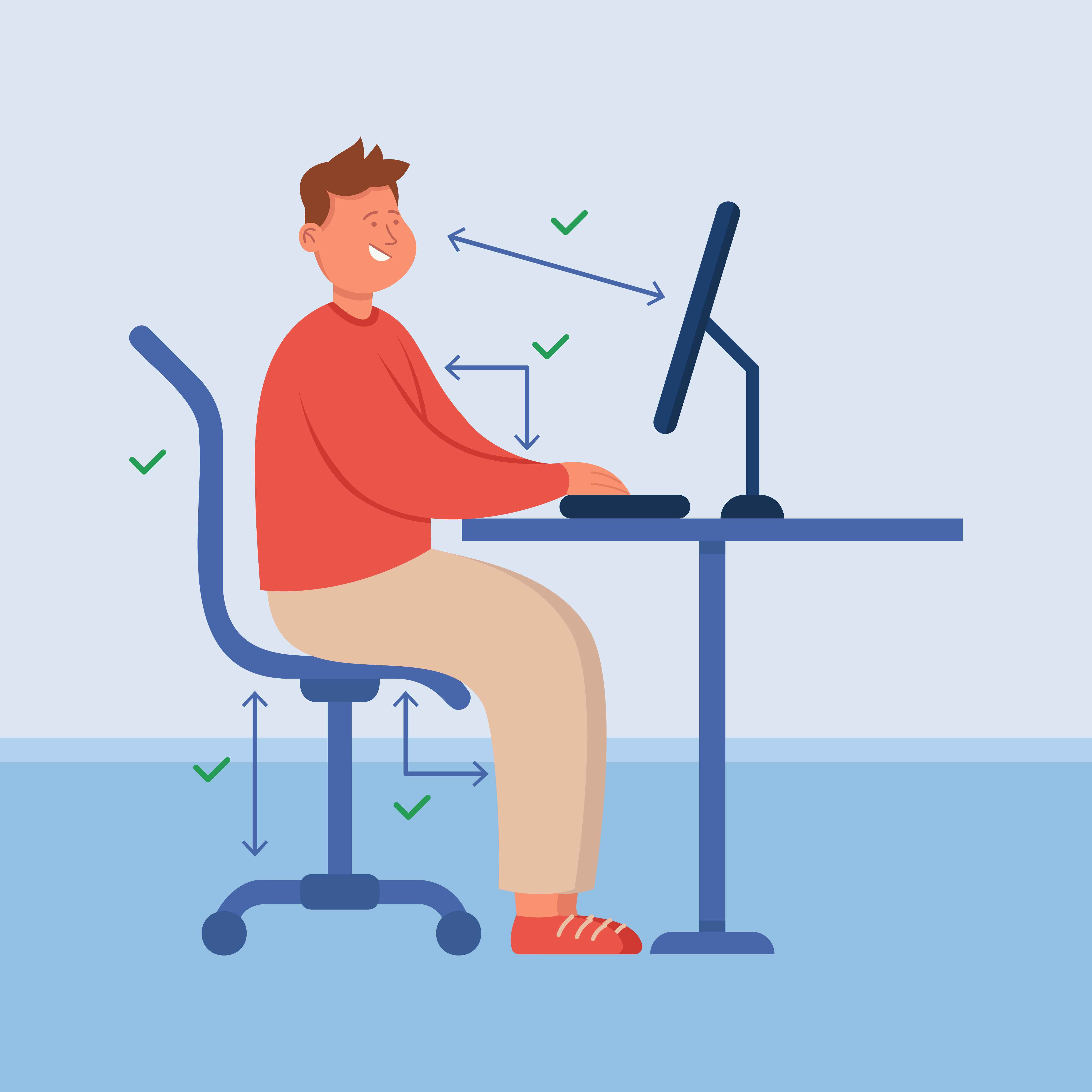Welcome to a Advance Physiotherapy Center

What is an Ergonomic Assessment?
An ergonomic assessment is an assessment of aperson’s working environment , ensuring it is fit for use. It is an assessment of working environment with person’s body for maximum efficiency, in minimum effort to gain more productive work.
Ergonomic assessments are done by qualified professionals. Physiotherapists are ideal professionals to conduct an ergonomic assessment, as they have the knowledge of the biomechanical functions of the body and environmental object that acts as different stresses on body.
Ergonomic assessments are aimed at reducing the risk of injury within the workplace as illumination can be impossible. All workplaces will benefit from an ergonomic workplace assessment. There are many benefits to having an ergonomic assessment done by a physiotherapist.
- Reduce human error
- Increase productivity
- Enhance safety
- Comfort with a specific focus on the interaction between the human and the thing of interest
What is the use of Ergonomics Assessment:-
• You will suffer less musculoskeletal (orthopedic) injuries
• Your morale will improve as the correct appropriate equipment has been used in the job.
• Reduction in sick leaves.
• Cost effective – less sick leaves and more working days.
These are few of the benefits of ergonomic workplace assessments. If the recommendations of the ergonomic assessment are taken, the company as well as employees can benefit health and financially in the long term.
What does an Ergonomic Assessment include?
An ergonomic assessment will include the physiotherapist assessing the environment the staffs work in and the staff themselves.
This can include:
1) Workstation assessment as per your job profile,
2) Enough room to work (E.g. Desk area)
3) Chairs are adjustable and appropriate for the user.
4) If the staff are aware of how to adjust a workstation.
5) Analysis of working duties e.g. bending, lifting, repetitive movements, etc.
6) Assessment of the tools provided for the job and the appropriateness e.g. kneeling pads, machinery, gloves, uniform, shoes, headset telephones, etc.
7) Is the staff trained to do their job (E.g. manual handling?)
8) Staff postures according to job profile demand.
What is the Outcome of an Ergonomic Assessment?
The outcome of an ergonomic assessment will include a report listing the recommendations the physiotherapist feels is appropriate. The report may also include:
1) List of any replacement, additional or repairs to equipment that is necessary to improve the ergonomics.
2) Advising on any training the staff would benefit from e.g. machinery.
3) Recommendations to reduce the strain of repetitive tasks.
4) Recommendations to the staff on ways to improve their working postures.
5) Provide manual handling courses for the staff.
6) Positives which have been found in the workplace will also be documented.